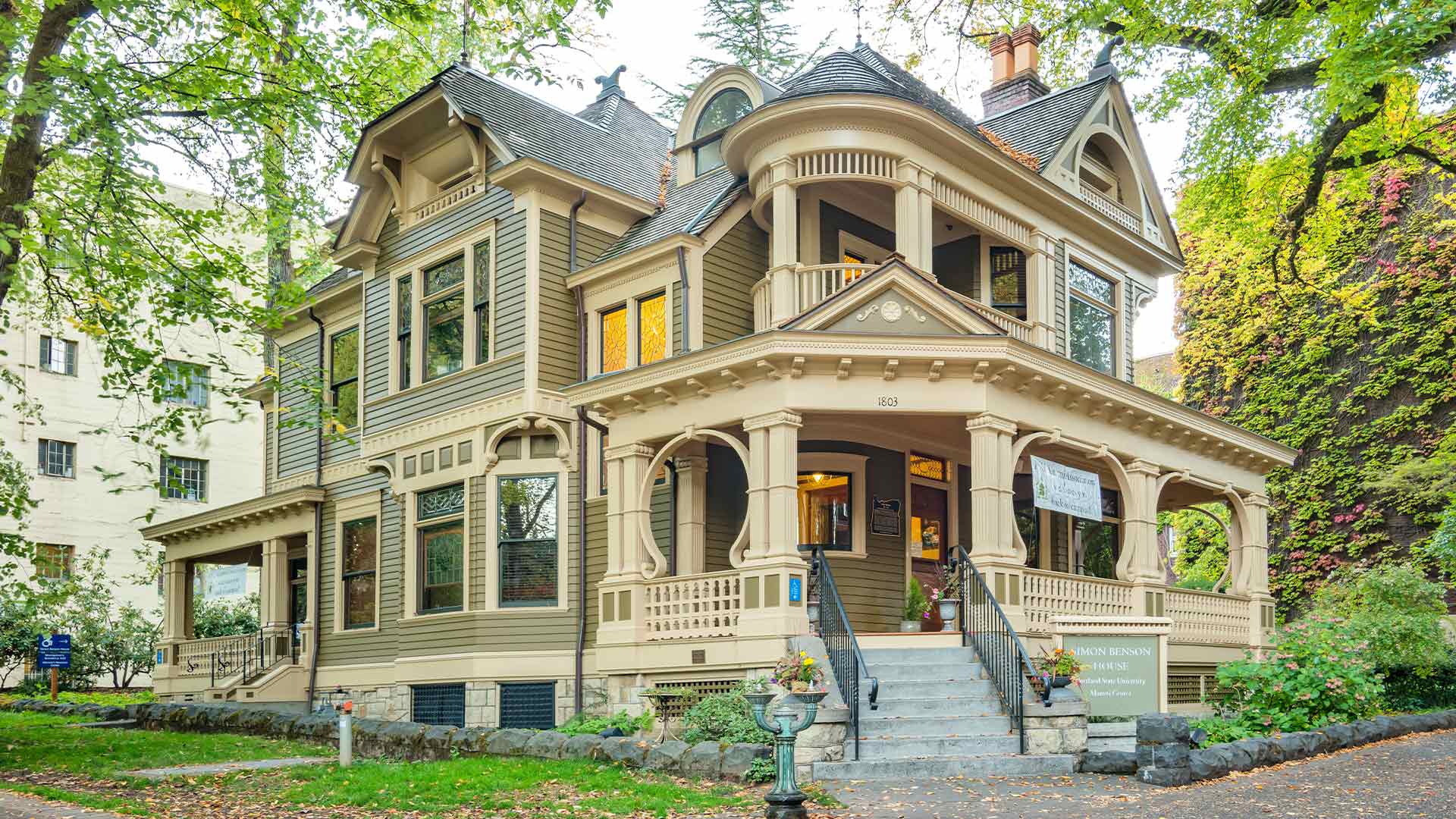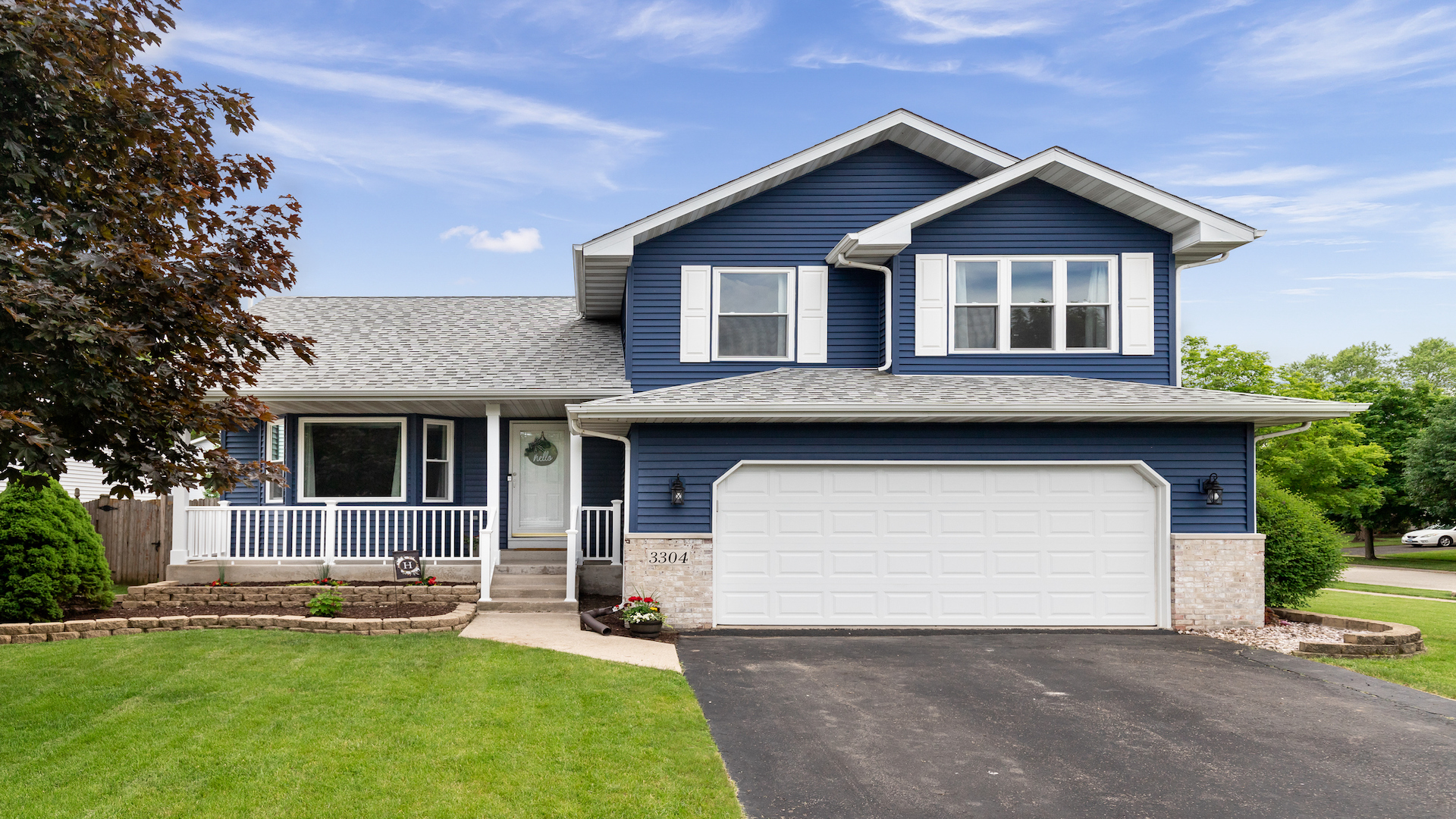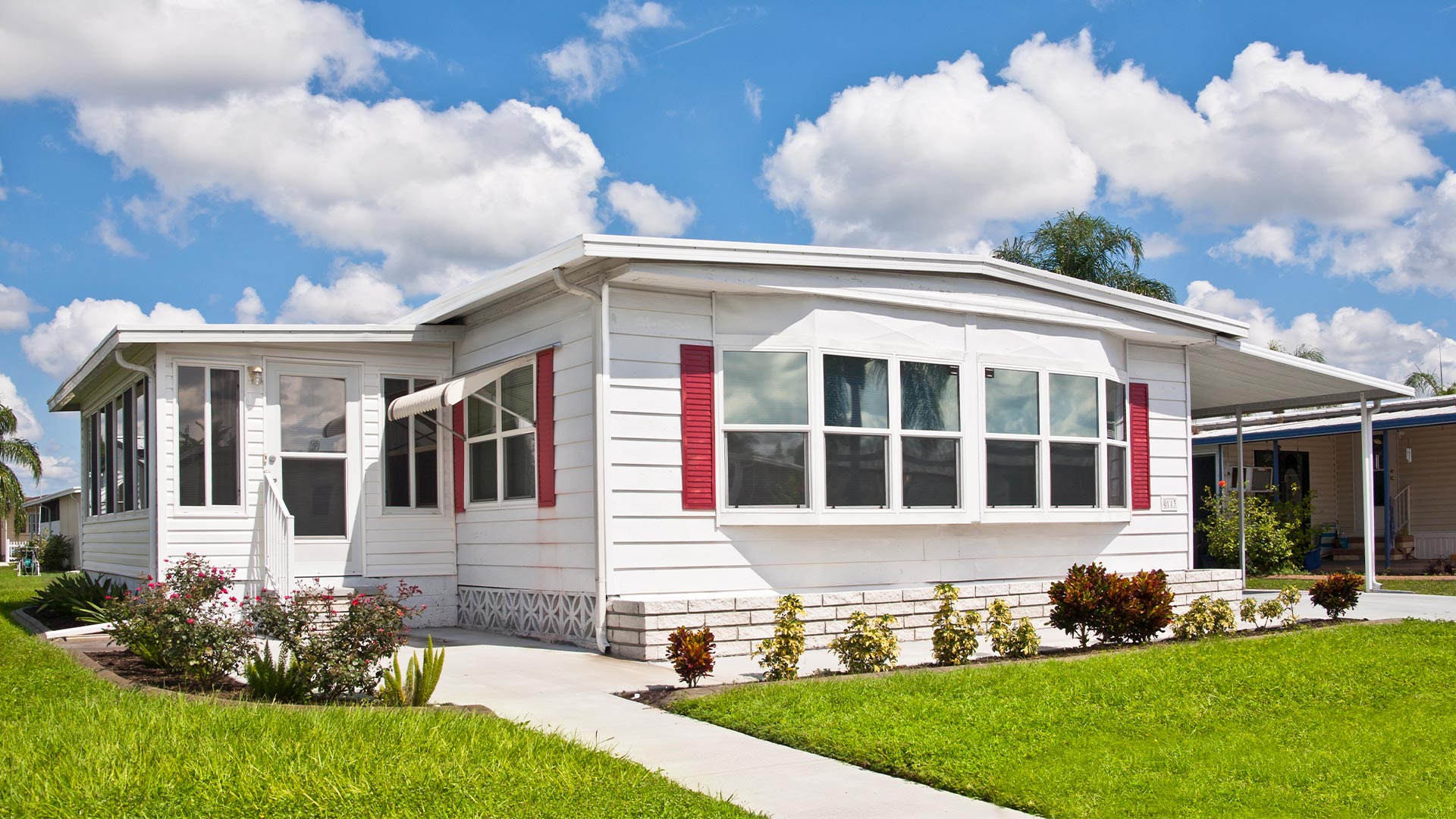
How to pay for historic home renovations
There’s a lot of appeal in buying and fixing up a vintage house, like an early 20th Century Victorian or a 19th Century Tudor.
However, there’s also a lot of work and money involved — especially when remodeling a home that’s been designated as a ‘historic’ piece of real estate.
Fortunately, there are historic home restoration grants, loans, and tax incentives you may be able to take advantage of.
Some are more difficult to find and qualify for than others, but if you do your homework you should be able to connect with valuable resources that could save you thousands.
Verify your home buying eligibility (Apr 21st, 2021)In this article (Skip to…)
- Renovation costs
- Historic home grants
- Renovation loans
- Tax breaks
- Potential challenges
- Listing your home as historic
- Historic home renovations FAQ
Historic home renovation costs
Historic homes can carry a lot of prestige. They stand as a rare surviving relic of past craftsmanship, architectural styles, and vintage materials that are no longer in mass production.
An old house may also be cherished for other reasons, such as being the home of a famous person or the site of a significant event that happened decades ago.
As such, purchasing and renovating homes designated as historic can be a lot more expensive than what you would pay for a typical existing home.
To help offset these costs, you may qualify for grants, loans, and/or tax credits that could help you cover the home purchase and, if necessary, the cost of restoring your new home.
Historic home grants
Unfortunately, most grants for historic homes are only available to nonprofit organizations and public properties/groups.
But as a private owner of a historic home, you may be able to find grant money on a local, state, or national level from various sources, including philanthropic groups.
“Local, state, and federal governments all have their own brand of grant programs,” says Jon Wiest, owner of Ripped Jeans Construction.
“In my town of Aurora, Illinois, for example, the municipality runs a grant program for homeowners in its historic districts to improve the exteriors of their homes — such as repointing mortar, replacing siding, and painting.
“These grants range from $5,000 to $20,000,” Wiest continues. “There is a competitive application and approval process, and homeowners must submit a detailed scope of the work involved as well as several competitive bids to be eligible.”
To hunt for grants in your area, begin by requesting more information from a nearby office of the National Trust for Historic Preservation or your State Historic Preservation Office. Also, visit this PreservationDirectory.com site for links to several grant programs.
Grant eligibility requirements will vary widely depending on the program, including rules for how, where, and when the funds can be used.
Historic home renovation loans
Grants aren’t the only source of financing available to historic home buyers, of course. You can also pursue a renovation loan that will help you restore the property and make it livable.
One of the most popular options is an FHA 203k rehab loan.
This mortgage program, backed by the federal government, bundles your primary mortgage and renovation expenses into one loan. The interest rate can be fixed or adjustable, your down payment can be as low as 3.5%, and you typically need a credit score of around 620.
The downside to FHA’s 203k program is that buyers are required to pay mortgage insurance. However, the same goes for most mortgages with a down payment below 20 percent.
Buyers able to put down 20% or more might prefer Fannie Mae’s HomeStyle Renovation loan or Freddie Mac’s CHOICERenovation.
These conventional loans are similar to the 203k program; they let you bundle the purchase price and renovations into a single loan. However, they only require private mortgage insurance (PMI) until your equity reaches 20% of your home’s value — and you can avoid PMI altogether if you put 20% down.
Another option is a Title 1 loan backed by the Department of Housing and Urban Development (HUD), which allows you to borrow an unsecured sum of $7,500 for small repairs or up to $25,000 maximum.
Verify your renovation loan eligibility (Apr 21st, 2021)Home equity financing options
If you own a primary residence, and you’re purchasing the historic house as an investment property or second home, you might have other loan options.
You may want to consider tapping into your current home’s equity and using those borrowed funds to help pay for a remodel of your historic home. If so, consider:
- A cash-out refinance of your primary residence
- A home equity loan
- A home equity line of credit
Alternatively, you could explore an unsecured personal loan that doesn’t require using your primary residence as collateral.
Personal loans can be obtained much more quickly than other loan types. While the interest rate can be fixed or variable, the rate is often much higher than for home equity financing. The better your credit score, the better your chance of getting a lower rate.
Check your financing options (Apr 21st, 2021)Tax breaks for historic homes
Good news: your historic home purchase and rehab could generate robust tax savings.
Most states provide tax incentives to rehabilitate historic properties. In fact, some states give a 25% additional credit to homeowners, while others render a credit if the property reduces income.
To research tax incentives and programs available in your state, click here.
One of the most generous tax credits you may be eligible for is a federal Historic Rehabilitation Tax Credit (HTC), which provides a credit of 20% of qualifying costs on a historic home rehab that will produce an income-generating rental property.
Another possible tax incentive is the 10 percent rehabilitation credit, which generates a 10% tax break based on the cost of renovations that preserve your historic structure’s original character. To qualify, the property must have been built before 1936, and must be used to house your business.
You may also be able to arrange for a freeze on your property taxes by working closely with your local or state historic preservation office.
Alternatively, it may be possible to donate a portion of your land or historic home to a nonprofit conservation trust, which could trigger a sizable tax deduction.
Finally, you may be able to qualify for tax savings via an easement, which is an agreement between you and a historical preservation society. By agreeing to remodel and maintain an older home’s historic character, you might qualify for decreased property, income, and/or estate taxes.
Consult with local agencies and your tax professional to learn what benefits you might potentially be in line for. We do not give tax advice on this site; these are simply options that be available depending on your situation.
Possible challenges with historic home renovations
Regardless of the financing help you may qualify for, it’s important to remember that restrictions may apply regarding the types of renovations you can do.
“Don’t be surprised if local laws have specific rules and guidelines. For instance, owners may not be allowed to change or add on to their home without the approval of the city,” says Matt Bigach, co-founder of real estate investing firm Nexus Homebuyers.
“Also, given that most historic homes are at least several decades old, “keep in mind that they may require a lot of work,” Bigach adds.
“If it wasn’t correctly preserved, you could run into electrical issues, water damage, or structural problems, which is why it’s important to have a trusted and experienced home inspector thoroughly evaluate the property before purchasing.”
“It’s important to have a trusted and experienced home inspector thoroughly evaluate the property before purchasing.” –Matt Bigach, Co-founder, Nexus Homebuyers
John Kilpatrick, managing director of Greenfield Advisors, says one of the biggest challenges to renovating a historic home is getting hold of original building materials or adequate substitutes.
“Let’s say you are renovating a home built in the 1860s, but you were unaware that the windows were all changed out in 1910. The sort of window design and manufacture in 1910 would not be authentic to an 1860 structure,” he cautions.
“For a major historic home renovation project, you’ll almost certainly need some consultation from a qualified historic preservation architect,” says Kilpatrick.
Other challenges? Any home built before the mid-1970s will have lead-based paint which will need to either be removed or encapsulated. Consider, as well, that asbestos was commonly used before the 1950s as an insulation material, which needs to be removed.
“And historic homes are likely to have lead plumbing pipes, which will need to be removed in their entirety. Plus, electrical wiring from decades ago may constitute a safety hazard and warrant replacement,” Kilpatrick adds.
In general, any interior renovation of a historic structure will involve bringing it up to present codes.
“This often involves digging in walls and floors and can be a rather invasive process,” Wiest says.
“Old homes may have sloped floors, cracked plaster from settling foundations, or rotted support posts. Some houses even call for bringing on an engineer to solve structural problems.”
If your heart is set on a beautiful old house, you shouldn’t let these cautions scare you off.
However, you should have the property thoroughly inspected and make sure you fully understand the scope and cost of needed repairs before signing on.
How to get your property listed as a historic home
If you already own a vintage home and have reason to believe it’s of historical significance, you might be able to get your home listed as ‘historic.’ Doing so may help you qualify for some of the grant programs and tax advantages listed above.
Kilpatrick says that for your property to qualify as a historic home, you typically need to have it formally approved through a process coordinated by your State Historic Preservation Office.
You can also consult the National Register of Historic Places, which analyzes and designates historic properties based on age, significance, and integrity.
Historic home renovations FAQ
Yes, you can make necessary structural and other renovations to a home designated as historic. But you will likely have to follow rules and requirements issued by your municipality and/or state. To qualify for grants, loans, and potentially tax breaks, you may also have to abide by requirements and limitations when renovating your historic home.
You may be allowed to make aesthetic remodels to a historic home you purchase. However, there will likely be local guidelines about the types of upgrades you can make, building materials you can use, and more. Don’t expect to be allowed to do a full makeover in modern styles.
The expenses involved with restoring or renovating a historic home can vary widely. “However, it’s almost always more costly to renovate a historic home than a comparable non-historic home. The extra planning, design, and labor time can be significant, which directly translates to higher costs for homeowners,” says Jon Wiest with Ripped Jeans Construction.
You may be able to locate grant money on a local, state, or national level from various sources, including philanthropic organizations. To search for grants in your area, begin by requesting more information from a nearby office of the National Trust for Historic preservation or your State Historic Preservation Office.
To be designated as a historic property, the residence usually must be at least 50 years old.
A historic home can be a good investment if you do your homework and restore it properly. The property can significantly increase in resale value if it is well-maintained, especially if it is cherished for being connected to an important historical figure or event.
Check your renovation loan eligibility
Historic home designations and grant programs are handled at the local level. So check with your state to see whether you’re eligible for any grant money that may be available.
If you already own a historic home or you’re planning to buy a fixer upper, you can also find renovation loans from many major lenders. Today’s rates are low, making rehab financing more affordable for homeowners and home buyers.
Verify your new rate (Apr 21st, 2021)


